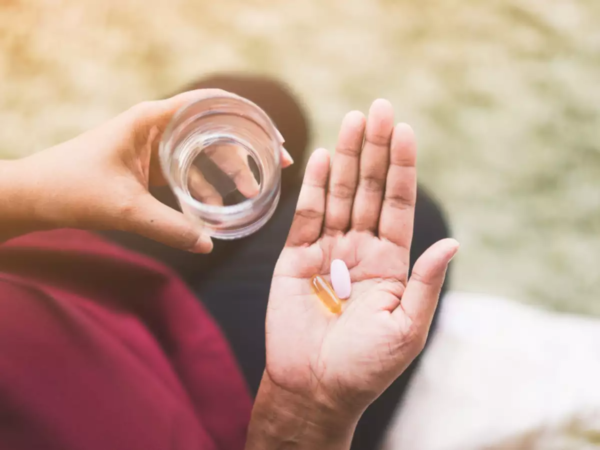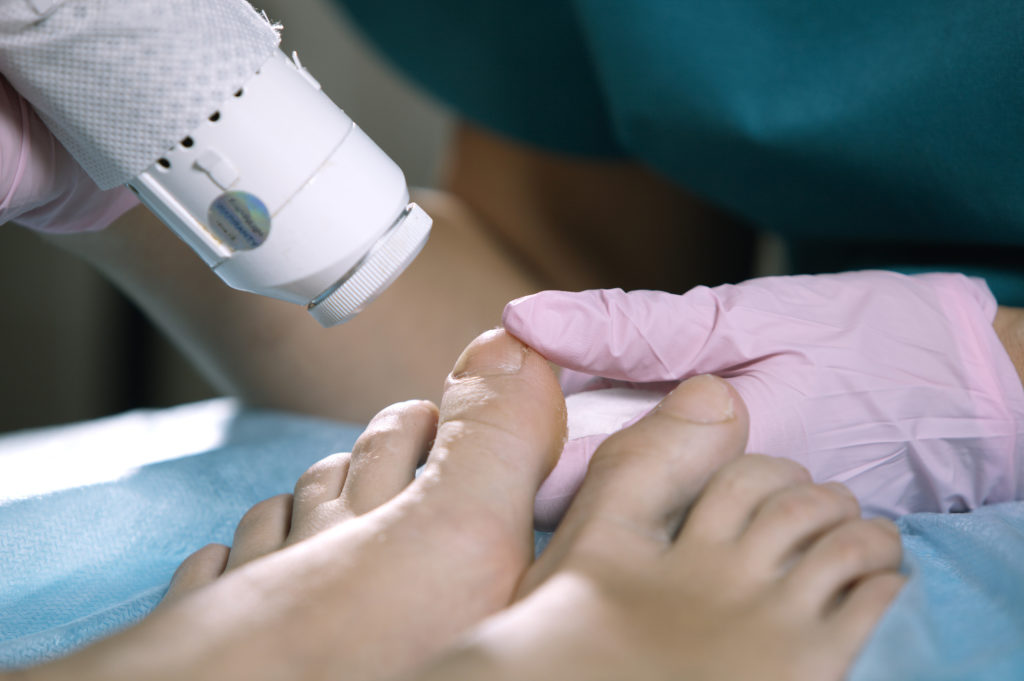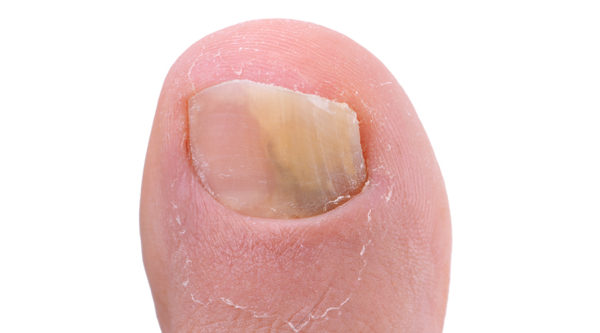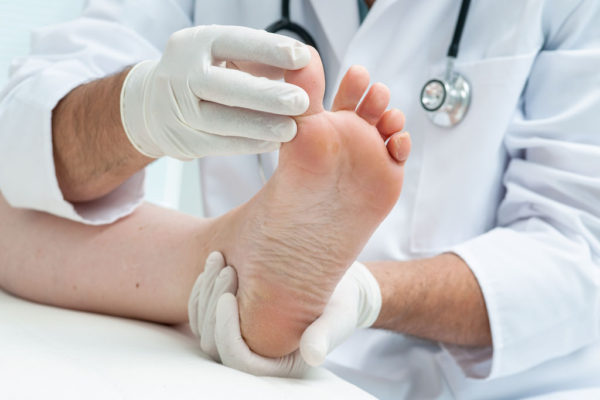Onychomycosis Infection rarely heals without intervention. It can cause permanent damage to the nail. People with a severely weakened immune system and people with diabetes who neglect to treat the infection run the risk of contracting a second infection called cellulitis (not confused with aesthetic cellulite or “orange peel”). Cellulite, in the medical sense, is a bacterial infection of the skin and underlying tissues that are accompanied by fever and redness. It requires immediate medical attention.
Onychomycosis Infection Symptoms
- A yellowish or brownish coloration of a nail
- Thickening of a nail
- The change of form of a nail
- A friable and lusterless nail
- Pain when pressure, applied to the nail
- The nail can become black and separate from its bed.
People at Risk
- Nails become more prone to onychomycosis with age, as they thicken and grow more slowly.
- People with a family history of onychomycosis. Genetic characteristics are associated with better resistance to onychomycosis
- People with an untreated athlete’s foot, another fungal infection that affects the skin located between the toes. A large-scale study indicates that about one-third of people with onychomycosis also have an athlete’s foot. suspected that the infection at the origin of the athlete’s foot may extend to the nails, and vice versa
- People who sweat profusely
- Patients with diabetes
- People with poor blood circulation to the feet
- People with a weakened immune system, such as human immunodeficiency virus (HIV) carriers.
Risk Factors
- Wear shoes or socks that retain moisture
- Inadequate foot hygiene
Onychomycosis Infection Prevention
1. Basic Preventive Measures
Fungie proliferate are more readily in wet and warm environments. For prevention, these factors are addressed:
- Wear shoes that offer good aeration and stockings that absorb sweat well. Prefer cotton or wool socks, which absorb moisture well.
- Spray feet and inside of shoes with a powder or antifungal aerosol.
- Change socks when wet.
- Dry the feet off the shower.
- Wear sandals in public showers in swimming pools and sports centers and on wet or damp surfaces.
- Keep toenails short.
- Disinfect instruments used to clean nails in an alcohol solution.
- Clean your hands after touching the infected nail. Do not share the bath towel. The infection can spread.
- Do not apply nail polish to nails with onychomycosis. This may encourage the persistence of the infection.
2. Medical Treatment
Over-the-counter treatments can be tried, but are rarely effective. A doctor may suggest one or the other of the following treatments:
- An oral antifungal (e.g., itraconazole, fluconazole, and terbinafine): the medication should be taken for 4 to 12 weeks. This medication has an indication in case of an onychomycosis matrix attack (attack of the nail located under the skin) and it is associated with a local treatment that will be continued until complete healing: the final result Is visible only when the nail has pushed back completely. The cure occurs once in two, and once in four in diabetics and the elderly. These medicines can cause adverse effects (diarrhea, nausea, skin irritation, itching, hepatitis, etc.) or a strong allergic reaction, in which case you should consult a doctor. Follow preventive measures throughout treatment and after treatment has been completed.
- Medicated nail varnish (e.g., ciclopirox): This product is available by prescription. It should be applied every day, for several months. However, the success rate is low: less than 10% of people who use it manage to treat their infection.
- Topical medications: There are other medications in the form of cream or lotions, which can be taken in addition to oral treatment.
- Removal of the infected nail: If the infection is severe or painful, the nail is removed by the doctor. A new nail will grow back. It may take a year before it grows back completely.




